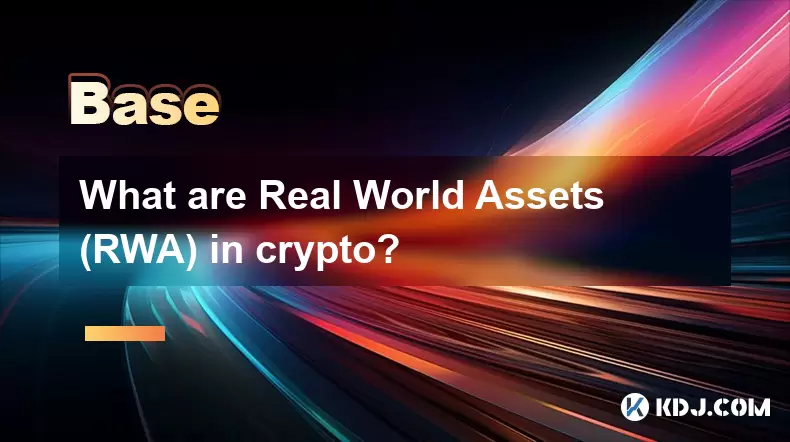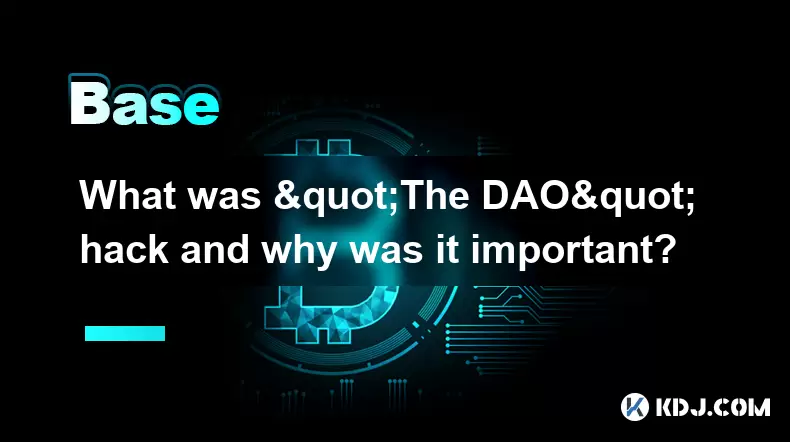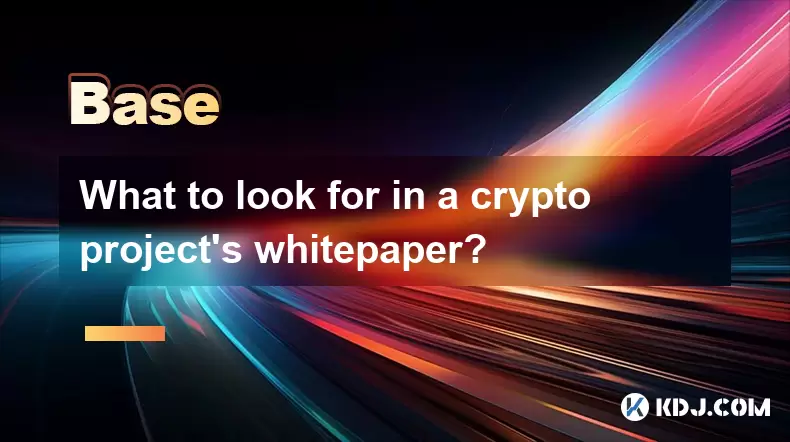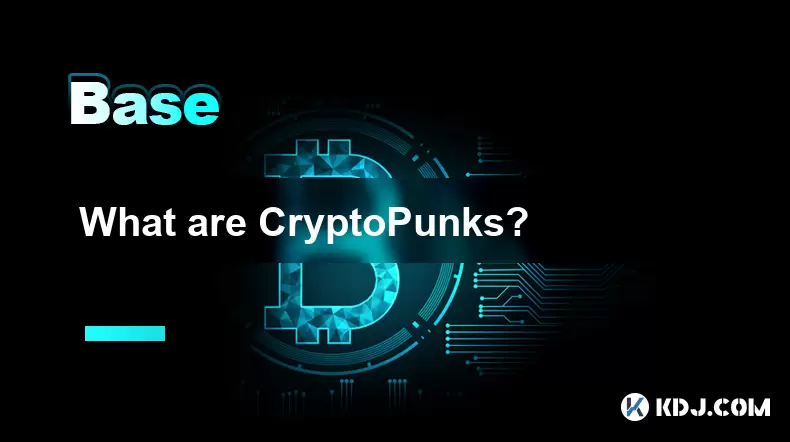-
 Bitcoin
Bitcoin $118200
0.49% -
 Ethereum
Ethereum $3580
0.33% -
 XRP
XRP $3.429
-0.49% -
 Tether USDt
Tether USDt $1.000
-0.05% -
 BNB
BNB $734.1
0.18% -
 Solana
Solana $177.7
0.26% -
 USDC
USDC $0.9999
-0.01% -
 Dogecoin
Dogecoin $0.2434
4.12% -
 TRON
TRON $0.3203
-1.58% -
 Cardano
Cardano $0.8334
1.59% -
 Hyperliquid
Hyperliquid $44.70
2.39% -
 Stellar
Stellar $0.4636
-1.10% -
 Sui
Sui $3.789
-0.43% -
 Chainlink
Chainlink $18.49
4.03% -
 Hedera
Hedera $0.2674
-0.08% -
 Avalanche
Avalanche $25.08
6.37% -
 Bitcoin Cash
Bitcoin Cash $520.4
1.12% -
 Shiba Inu
Shiba Inu $0.00001495
1.88% -
 Litecoin
Litecoin $112.5
9.34% -
 UNUS SED LEO
UNUS SED LEO $8.994
0.24% -
 Toncoin
Toncoin $3.209
-0.74% -
 Polkadot
Polkadot $4.393
2.95% -
 Uniswap
Uniswap $10.16
-0.07% -
 Monero
Monero $325.2
1.09% -
 Ethena USDe
Ethena USDe $1.001
0.00% -
 Bitget Token
Bitget Token $4.898
-1.03% -
 Pepe
Pepe $0.00001326
0.54% -
 Dai
Dai $1.000
0.02% -
 Aave
Aave $317.2
-0.43% -
 Cronos
Cronos $0.1214
0.07%
What are Real World Assets (RWA) in crypto?
Tokenized real-world assets (RWA) in crypto enable fractional ownership, boost liquidity, and bridge traditional finance with blockchain through digital tokens representing physical assets like real estate or bonds.
Jul 08, 2025 at 11:57 pm

Understanding Real World Assets (RWA) in Crypto
Real World Assets (RWA) in the context of crypto refer to tangible or intangible assets that exist outside of blockchain ecosystems but are tokenized and represented digitally on a blockchain. These can include traditional financial instruments such as bonds, real estate, commodities, and even stocks. The integration of RWA into the crypto space allows for increased liquidity, fractional ownership, and broader accessibility.
By leveraging blockchain technology, these physical or off-chain assets become tradable tokens that can be easily transferred, divided, and stored without the need for intermediaries. This innovation opens up new opportunities for investors, institutions, and decentralized finance (DeFi) protocols.
How Are Real World Assets Tokenized?
Tokenizing RWAs involves converting their value into digital tokens using blockchain-based smart contracts. The process typically follows several key steps:
- Asset Verification: Before an asset can be tokenized, it must undergo legal and technical validation to ensure authenticity and compliance.
- Smart Contract Creation: A smart contract is deployed on a blockchain platform like Ethereum or Solana. This contract governs the issuance, transferability, and ownership rights of the tokenized asset.
- Issuance of Tokens: Once verified, tokens representing fractions or full ownership of the asset are minted and distributed to investors or stakeholders.
- On-chain Representation: These tokens now exist on the blockchain and can be traded, staked, or used within DeFi platforms.
This transformation enables traditionally illiquid assets like real estate to be broken down into smaller, more accessible units, allowing broader participation from global investors.
Use Cases of Real World Assets in Crypto
The application of RWA in crypto spans multiple industries and markets:
- Real Estate: Property owners can tokenize buildings or land, allowing investors to purchase shares in a property through blockchain tokens. This reduces entry barriers and enhances liquidity.
- Commodities: Gold, oil, and other commodities can be tokenized, enabling users to trade them instantly without the logistical challenges of physical delivery.
- Fixed Income Instruments: Bonds issued by governments or corporations can be tokenized, streamlining processes like coupon payments and maturity settlements.
- Private Equity and Venture Capital: Startups and private companies can issue tokenized equity, making fundraising more efficient and transparent.
Each use case introduces unique benefits, including reduced transaction costs, faster settlement times, and enhanced transparency via immutable ledger records.
Challenges and Risks Involved in RWA Tokenization
While RWA offers promising advantages, several challenges must be addressed:
- Regulatory Compliance: Tokenized assets must adhere to existing financial regulations, which vary across jurisdictions. Ensuring legal frameworks align with blockchain-based systems remains complex.
- Custody and Security: Physical assets require secure custody solutions. If a token represents ownership of gold stored in a vault, ensuring its safety becomes critical.
- Oracle Dependency: Many RWA projects rely on oracles to provide off-chain data to smart contracts. Any inaccuracies or manipulation risks compromise the integrity of the system.
- Market Acceptance: Convincing traditional financial institutions and retail investors to adopt tokenized assets requires education and trust-building efforts.
These challenges underscore the importance of collaboration between regulators, developers, and financial institutions to build robust infrastructure around RWA in crypto.
Platforms and Protocols Supporting RWA Integration
Several blockchain networks and DeFi protocols have emerged to facilitate the integration of RWAs:
- MakerDAO: Known for issuing DAI stablecoins, MakerDAO has expanded into RWA-backed lending by accepting tokenized U.S. treasuries as collateral.
- Centrifuge: This protocol allows businesses to tokenize real-world assets and raise capital through DeFi pools.
- Maple Finance: Focuses on institutional lending backed by real-world assets, offering yield opportunities through tokenized loans.
- Goldfinch: Provides a decentralized credit marketplace where lenders can fund off-chain loans using crypto capital.
These platforms exemplify how blockchain is bridging the gap between traditional finance and decentralized ecosystems by enabling seamless RWA integration.
How to Participate in RWA Projects
For individuals interested in engaging with RWA initiatives, here’s a detailed guide:
- Research Available Platforms: Explore protocols like Centrifuge, Maple Finance, or MakerDAO to understand their RWA strategies and offerings.
- Acquire Compatible Wallet: Use wallets like MetaMask or Trust Wallet that support interaction with DeFi protocols and tokenized assets.
- Understand Risk Profiles: Assess the risk associated with each RWA project, including regulatory exposure, counterparty risk, and market volatility.
- Stake or Invest: Some RWA platforms allow users to stake tokens or invest directly in tokenized assets. Follow the platform-specific instructions for participation.
- Monitor Regulatory Updates: Stay informed about evolving legal landscapes to ensure compliance when interacting with RWA-based services.
Each step requires careful attention to detail, especially when dealing with cross-chain interactions or custodial responsibilities.
Frequently Asked Questions
Q: Can I redeem tokenized real world assets for their physical counterparts?
A: In most cases, redemption depends on the specific terms set by the issuer or platform. While some tokenized commodities may allow physical redemption, others function purely as digital representations for trading purposes.
Q: Are RWA tokens subject to taxation?
A: Yes, depending on your jurisdiction, profits from trading or holding RWA tokens may be taxable. It’s essential to consult a tax professional familiar with cryptocurrency and investment regulations.
Q: How do RWA tokens maintain their value relative to the underlying asset?
A: Oracles and price feeds help maintain pegs by updating smart contracts with real-time asset valuations. However, mechanisms like over-collateralization or third-party audits may also be employed to ensure accuracy and stability.
Q: Is there a minimum investment required to participate in RWA projects?
A: Minimum investment thresholds vary by platform and asset type. Some tokenized real estate or bond offerings may require substantial capital, while others enable micro-investments through fractional ownership.
Disclaimer:info@kdj.com
The information provided is not trading advice. kdj.com does not assume any responsibility for any investments made based on the information provided in this article. Cryptocurrencies are highly volatile and it is highly recommended that you invest with caution after thorough research!
If you believe that the content used on this website infringes your copyright, please contact us immediately (info@kdj.com) and we will delete it promptly.
- Meme Coins Mania: Presales and Charts Spiking in 2025
- 2025-07-20 02:30:11
- Rick Harrison, the Titanic Coin, and a Deal That Sank
- 2025-07-20 02:30:11
- American Eagle Palladium Coin Set for September 4 Release: What to Expect
- 2025-07-20 00:35:12
- FloppyPepe: Could This Meme Coin Be Your Ticket to Crypto Millionaire Status with a 15,800% ROI?
- 2025-07-20 00:50:12
- Ethereum's 2025 ATH: Could These 20x Tokens Be Your Golden Ticket?
- 2025-07-20 00:35:12
- Solana, Altcoin Bets, and the Next Big Thing: What's the Play?
- 2025-07-20 01:15:12
Related knowledge

What is the Inter-Blockchain Communication Protocol (IBC)?
Jul 19,2025 at 10:43am
Understanding the Inter-Blockchain Communication Protocol (IBC)The Inter-Blockchain Communication Protocol (IBC) is a cross-chain communication protoc...

How does sharding improve scalability?
Jul 20,2025 at 01:21am
Understanding Sharding in BlockchainSharding is a database partitioning technique that is increasingly being adopted in blockchain technology to enhan...

What is the "crypto trilemma" of scalability, security, and decentralization?
Jul 19,2025 at 06:28pm
Understanding the Concept of the Crypto TrilemmaThe crypto trilemma refers to the challenge of simultaneously achieving scalability, security, and dec...

What was "The DAO" hack and why was it important?
Jul 19,2025 at 09:08pm
Background of 'The DAO''The DAO' (Decentralized Autonomous Organization) was a venture capital fund built on the Ethereum blockchain, launched in Apri...

What to look for in a crypto project's whitepaper?
Jul 19,2025 at 01:42pm
Understanding the Purpose of a WhitepaperA whitepaper is a foundational document for any cryptocurrency project, often serving as the first point of c...

What are CryptoPunks?
Jul 19,2025 at 08:28am
Understanding the Basics of Bitcoin MiningBitcoin mining is the process through which new Bitcoin is introduced into circulation and transactions are ...

What is the Inter-Blockchain Communication Protocol (IBC)?
Jul 19,2025 at 10:43am
Understanding the Inter-Blockchain Communication Protocol (IBC)The Inter-Blockchain Communication Protocol (IBC) is a cross-chain communication protoc...

How does sharding improve scalability?
Jul 20,2025 at 01:21am
Understanding Sharding in BlockchainSharding is a database partitioning technique that is increasingly being adopted in blockchain technology to enhan...

What is the "crypto trilemma" of scalability, security, and decentralization?
Jul 19,2025 at 06:28pm
Understanding the Concept of the Crypto TrilemmaThe crypto trilemma refers to the challenge of simultaneously achieving scalability, security, and dec...

What was "The DAO" hack and why was it important?
Jul 19,2025 at 09:08pm
Background of 'The DAO''The DAO' (Decentralized Autonomous Organization) was a venture capital fund built on the Ethereum blockchain, launched in Apri...

What to look for in a crypto project's whitepaper?
Jul 19,2025 at 01:42pm
Understanding the Purpose of a WhitepaperA whitepaper is a foundational document for any cryptocurrency project, often serving as the first point of c...

What are CryptoPunks?
Jul 19,2025 at 08:28am
Understanding the Basics of Bitcoin MiningBitcoin mining is the process through which new Bitcoin is introduced into circulation and transactions are ...
See all articles

























































































